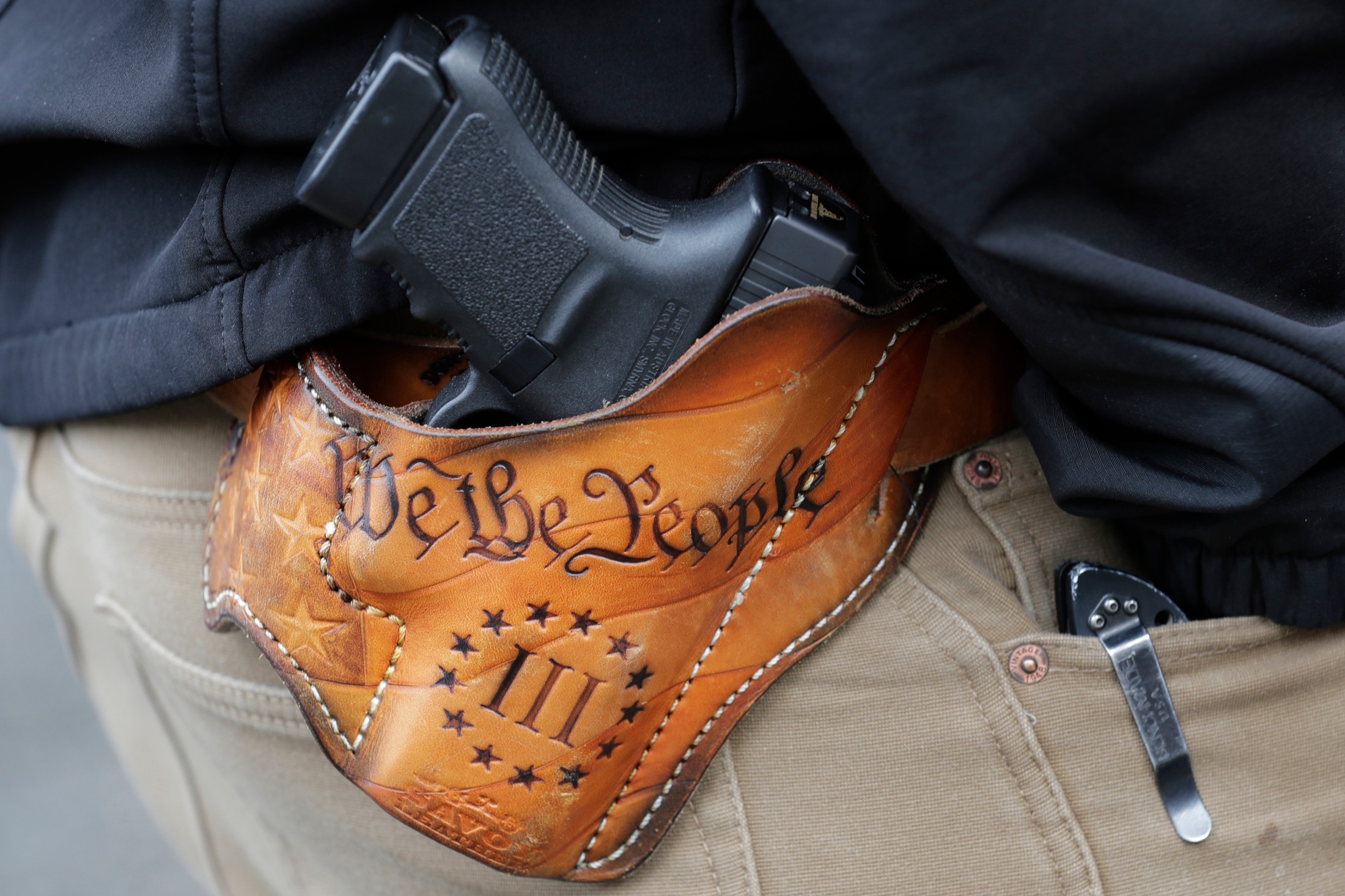Bellingham is considering a ban on firearms, except for people who are licensed to carry a concealed pistol, at City Hall and at sports facilities such as the Civic Athletic Complex.
The measure would apply only to rifles, pistols and shotguns carried openly. However, it would not apply to individuals who have a concealed pistol license.
According to the Herald, Mayor Seth Fleetwood seeks the ordinance because of an incident at a Bellingham high school graduation ceremony in June. There, police disarmed a teenage boy as he was reaching for a pistol during a fight.
Fleetwood was asking the council to “adopt state law by reference” into municipal code, allowing prosecution of such offenses in Bellingham Municipal Court. Consideration of the ordinance could come as early as Sept. 11, the City Council’s next regularly scheduled meeting.
CONCEALED CARRY PERMITS
A total of 15,919 Whatcom County residents had a concealed pistol license from the state Department of Licensing in 2021, according to data released to The Bellingham Herald under a public records request.
Officials at the Whatcom County Sheriff’s Office were approving about 2,400 such permits annually, and Bellingham Police were issuing slightly fewer than 100 licenses a year, according to Herald reporting in 2021.
Anyone can apply for a concealed pistol license for $36, after passing a background check and submitting their fingerprints. according to state law.
CITY HALL CONFRONTATION
Tempers flared over a perceived threat to firearms possession in March 2020 as the Bellingham City Council updated a measure that grants special powers to the mayor in an emergency.
In that incident, anti-tax activist Tim Eyman appeared at City Hall with several dozen supporters. He falsely claimed that the measure would violate the Second Amendment. A confrontation inside the Council Chambers delayed the start of that meeting for several minutes.
WHAT IS “OPEN CARRY?”
Open Carry refers to the practice of visibly carrying a firearm in public places, as distinguished from concealed carry, where firearms cannot be seen by the casual observer. To “carry” in this context indicates that the firearm is kept readily accessible on the person, within a holster or attached to a sling. Carrying a firearm directly in the hands, particularly in a firing position or combat stance, is known as “brandishing” and may constitute a Firearm Offense. that is not the mode of “carrying” discussed in this article.
Please contact my office if you, a friend or family member are charged with a Firearm Offense or any other crime. Hiring an effective and competent defense attorney is the first and best step toward justice.
















